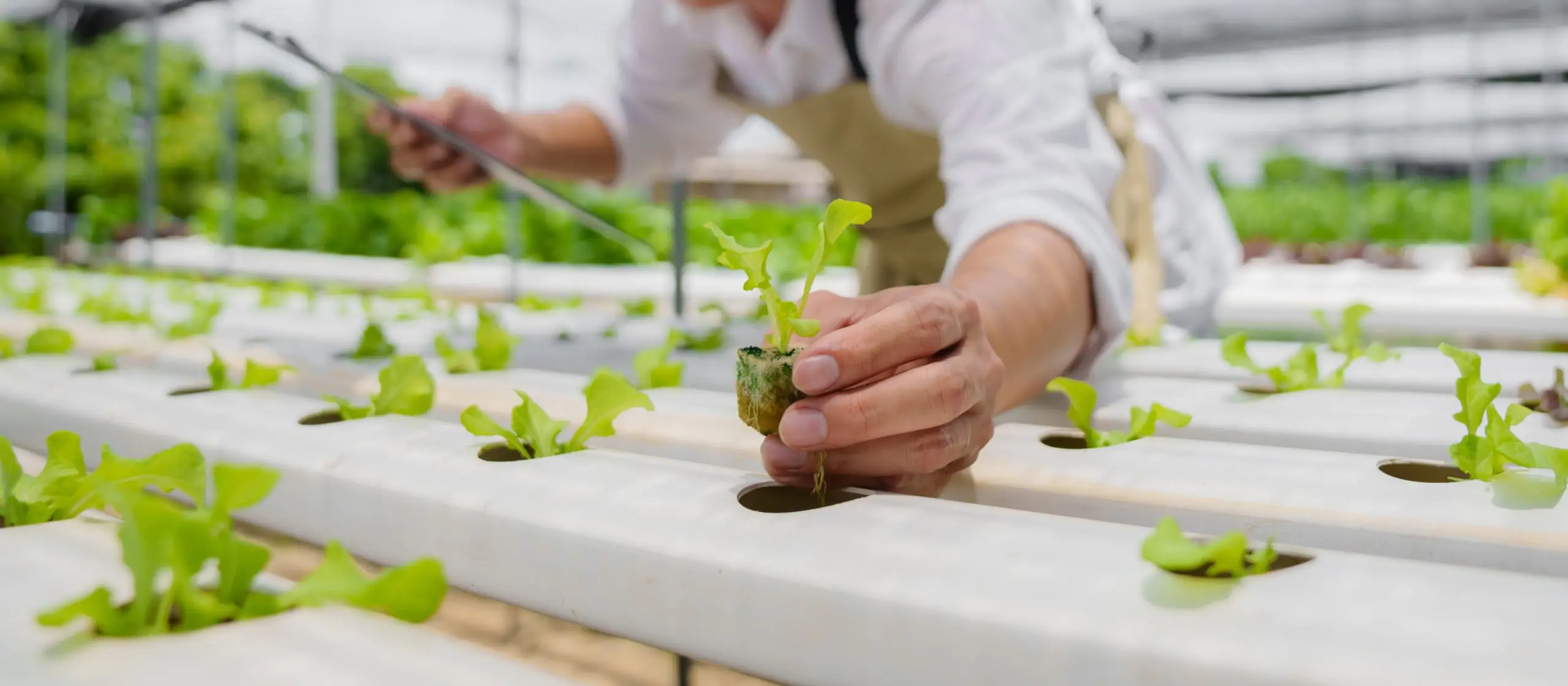
adobestock.com
In recent decades, the world has faced significant challenges related to the growth of urban populations and the total number of people on the planet. Projections indicate that the world’s population could reach 9.7 billion by 2050. It means that a significant increase in year-round food production will be required. And this issue is becoming more and more relevant in the context of climate change and the conservation of natural resources.
The energy crisis in Europe in 2022 has exacerbated and actualized that problem: rising energy prices are affecting all sectors of the economy, including agriculture. As a result, farmers are already being forced to consider how to make production more energy efficient and sustainable. This is not only about business: agriculture has a significant impact on the environment and is responsible for 30% of global greenhouse gas emissions, water pollution and soil degradation, according to the Food and Agriculture Organization of the United Nations.
To address these issues, scientists and growers, among others, are developing new types of greenhouses. One of the key areas of innovation is vertical farming, in which plants can be grown in multi-tiered structures in urban environments using minimal amounts of water and energy. However, farmers often do not have the option of moving their operations to cities, and this is where drones, robots for monitoring and managing agricultural processes, and new, more efficient processing methods come into play.
We explore this topic through the lens of greenhouses that are already successfully growing vegetables and fruits in Latvia, Sweden and Norway.
Getlini: turning waste into heat
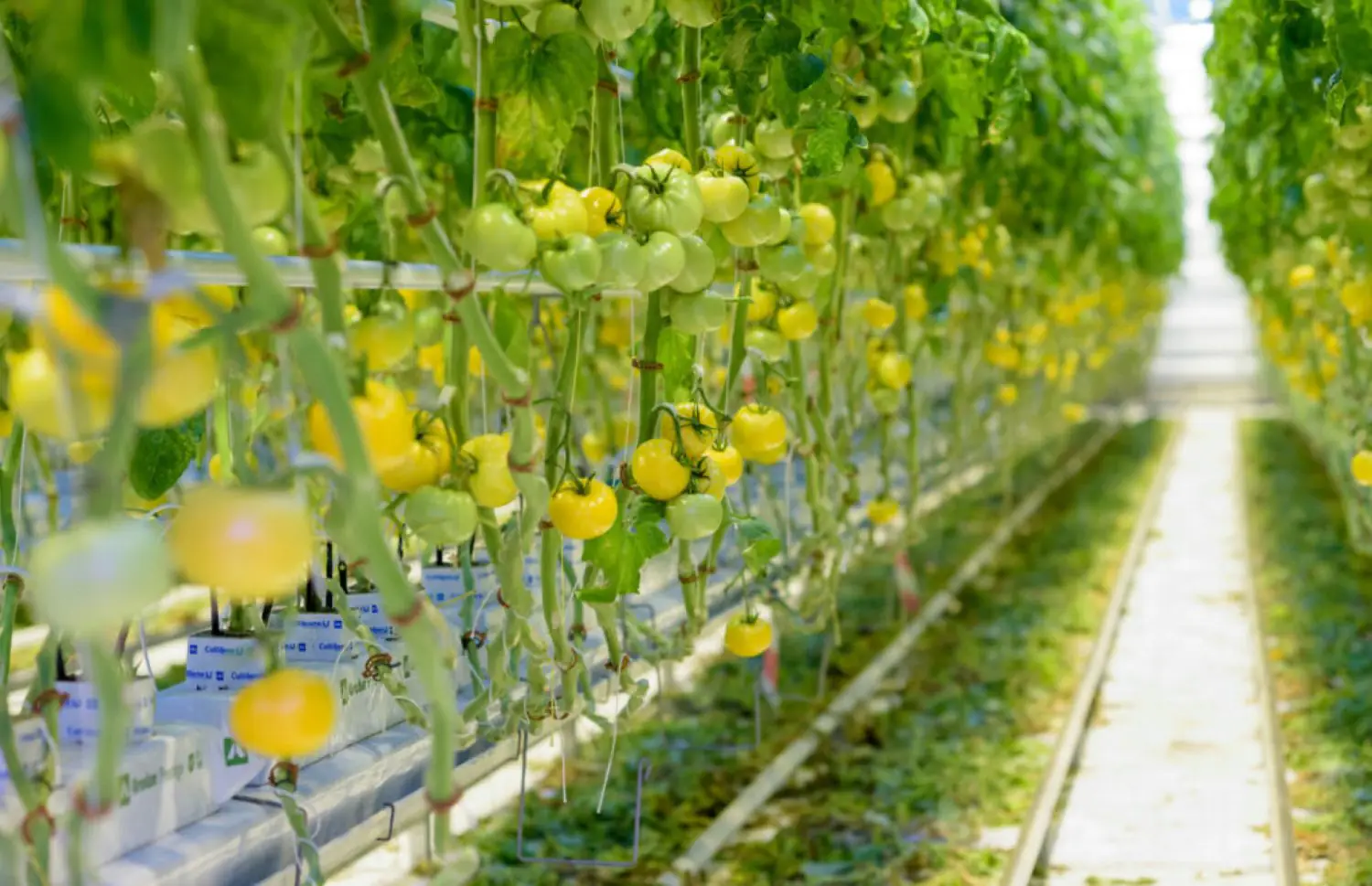
getlini.lv
In the 1970s, Latvia saw the emergence of numerous garbage dumps due to the lack of an organized waste disposal system; people simply dumped their waste wherever was most convenient. Over the following decades, these areas became heavily polluted, further complicated by the mixed nature of the waste found at these sites.
The area where the municipal project Getlini is located was one such site. This landfill for waste collection and disposal is situated 15 kilometers from Riga. The company began operations here in 1997. Within the first five years, they built a system for water purification and biogas production, which is generated through the fermentation of organic waste. For over 25 years, Getlini has been exploring the question: “How can we turn waste into a resource?”
Today, the company employs around 130 people, including engineers, mechanics, lawyers, gardeners, drivers, financiers, and managers. Many have been with the company since its inception. Beyond waste processing, employees are actively involved in educational activities: they explain the importance of proper waste sorting, host free daily meetings and tours, and welcome student volunteers during the summer months. Annually, the landfill is visited by about 8,000 people from around the world.
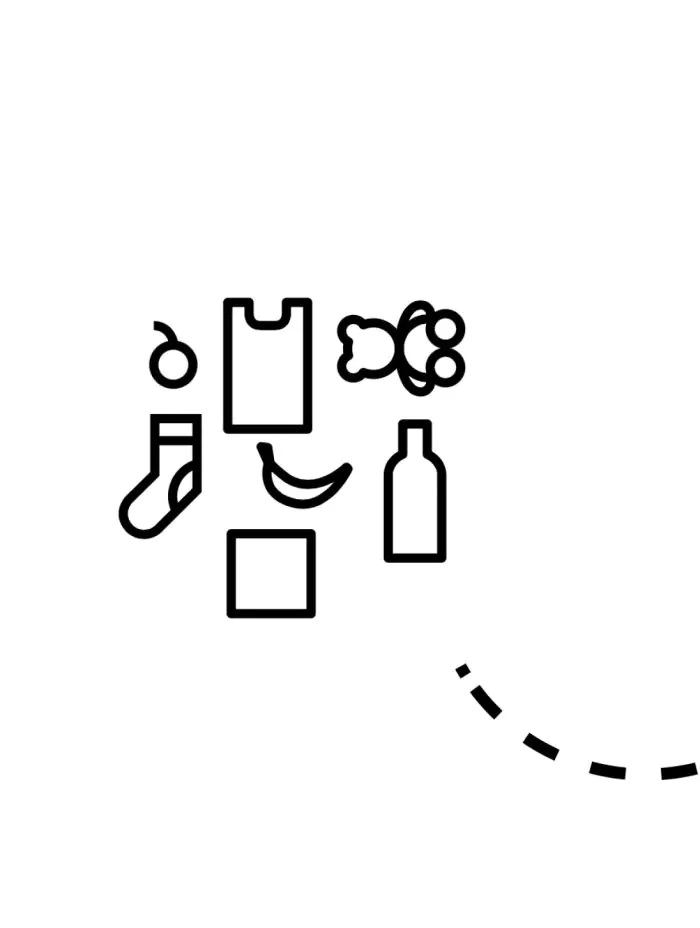
getlini.lv
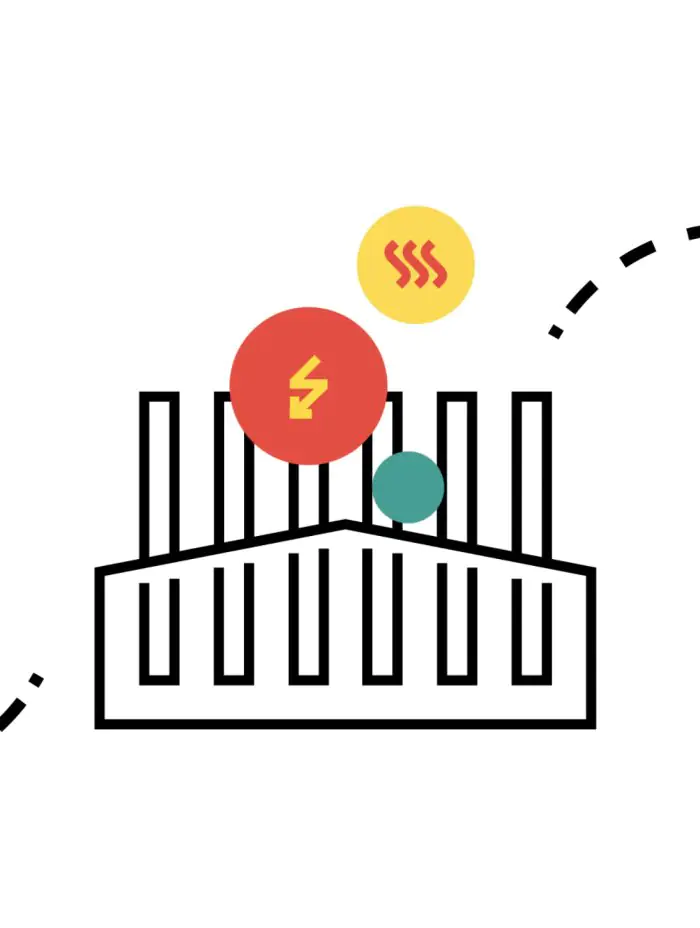
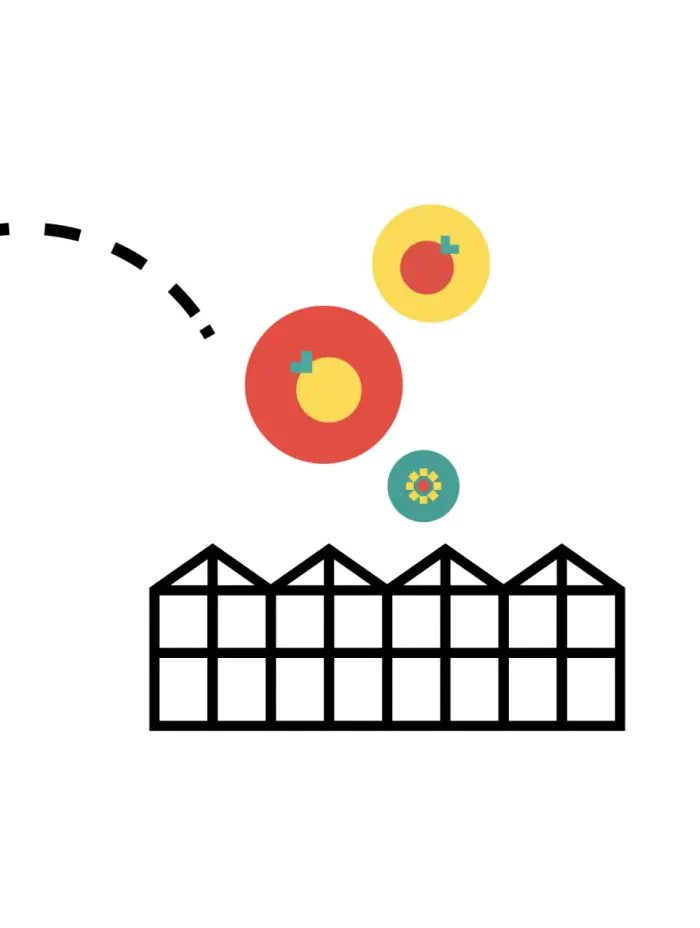
How it works
At the Getlini landfill, 30-40% of the waste is organic. This portion is processed into compost and then biogas through a biowaste recycling system. The biogas is then used as a source of electricity and heat. To utilize this heat with minimal loss, the company built greenhouses in 2011 to grow tomatoes and cucumbers.
No chemical fertilizers are used in the growing process, and the tomatoes are harvested when they are fully ripe. Unlike agroholdings, which often harvest tomatoes early and allow them to ripen on the vine, Getlini ensures that the vegetables reach their full flavor potential by allowing them to ripen naturally on the plant.
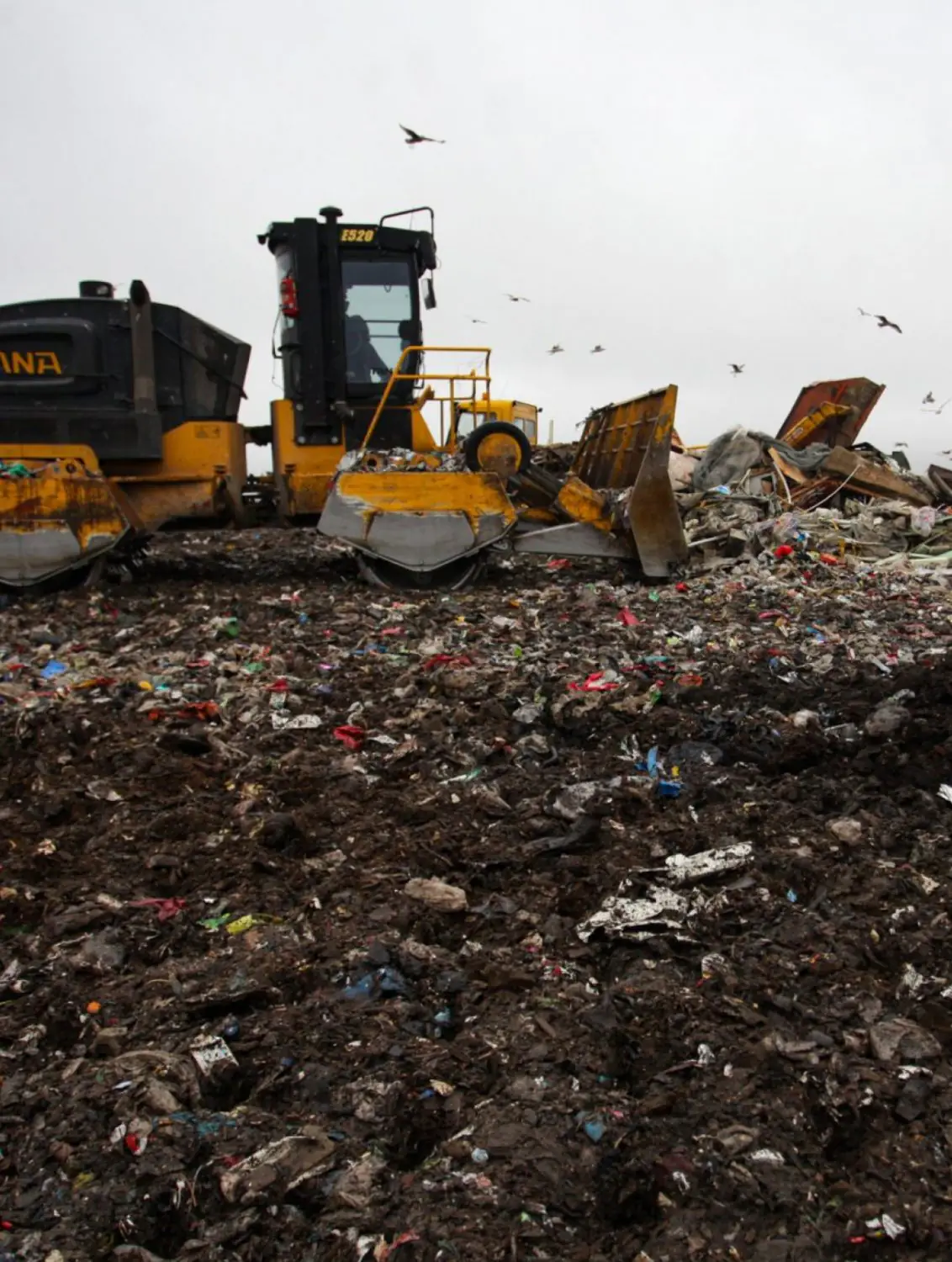
getlini.lv
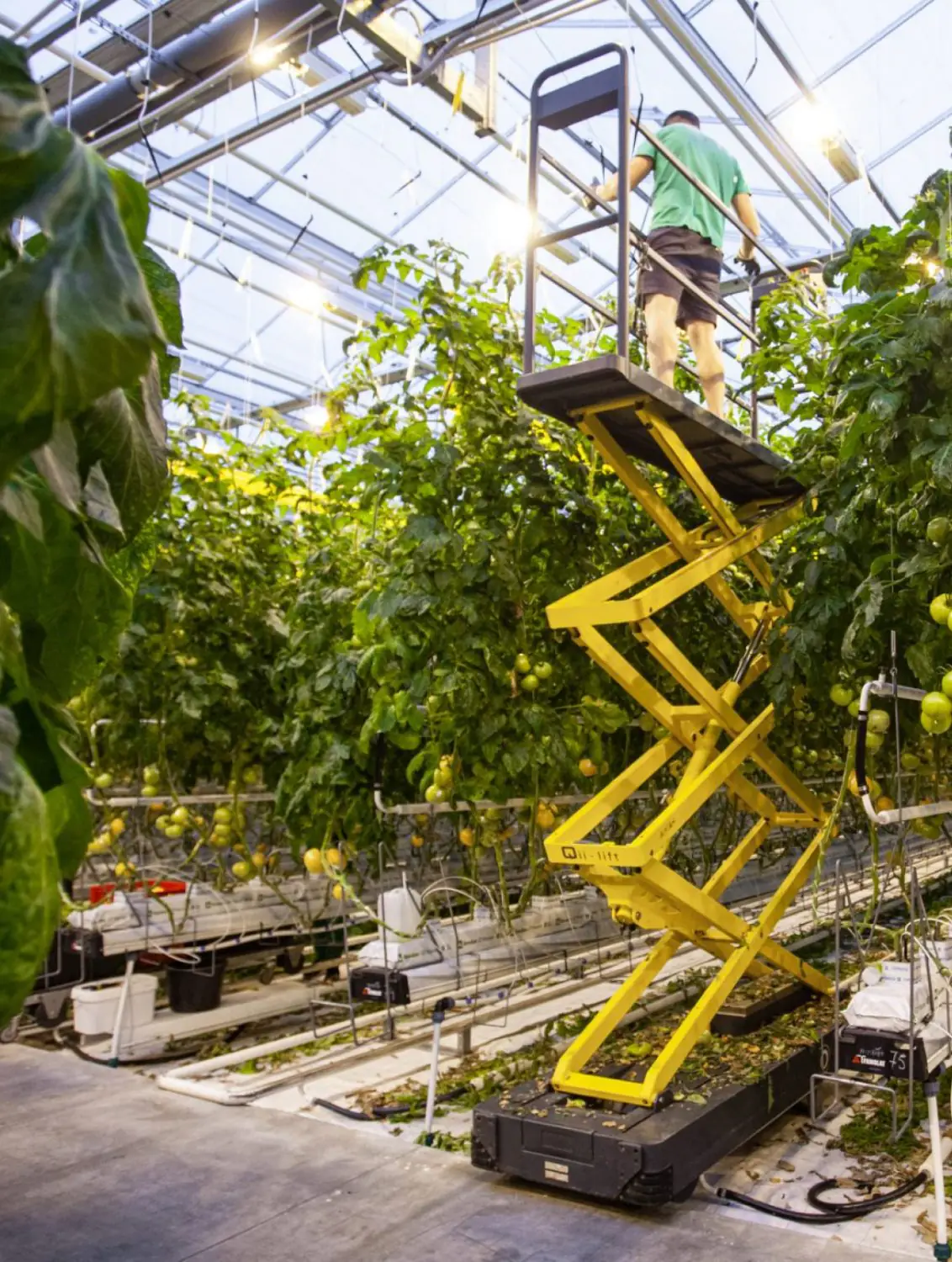
getlini.lv
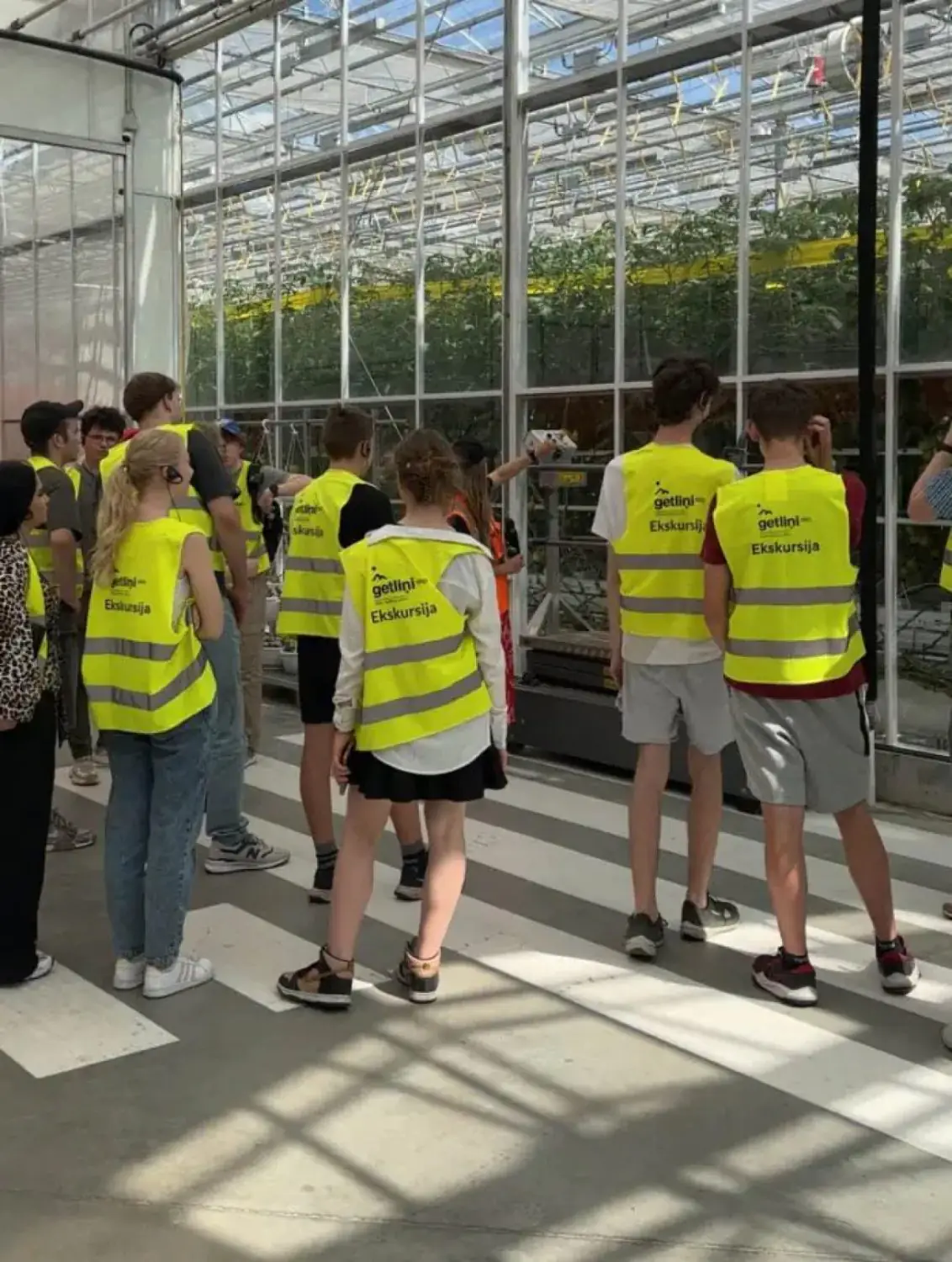
getlini.lv
Result
Unlike typical unheated greenhouses, Getlini’s technology enables vegetable production even in winter. Currently, the landfill receives waste from ten municipalities in the country, essentially half of Latvia’s total waste. In addition, Getlini demonstrates high economic efficiency and production stability with minimal operating costs. All of this makes the project a brilliant example of sustainable agriculture.
Ecobloom: The Digital Gardener
AI-controlled greenhouses where artificial intelligence regulates day length, irrigation, and other processes
Country: Sweden
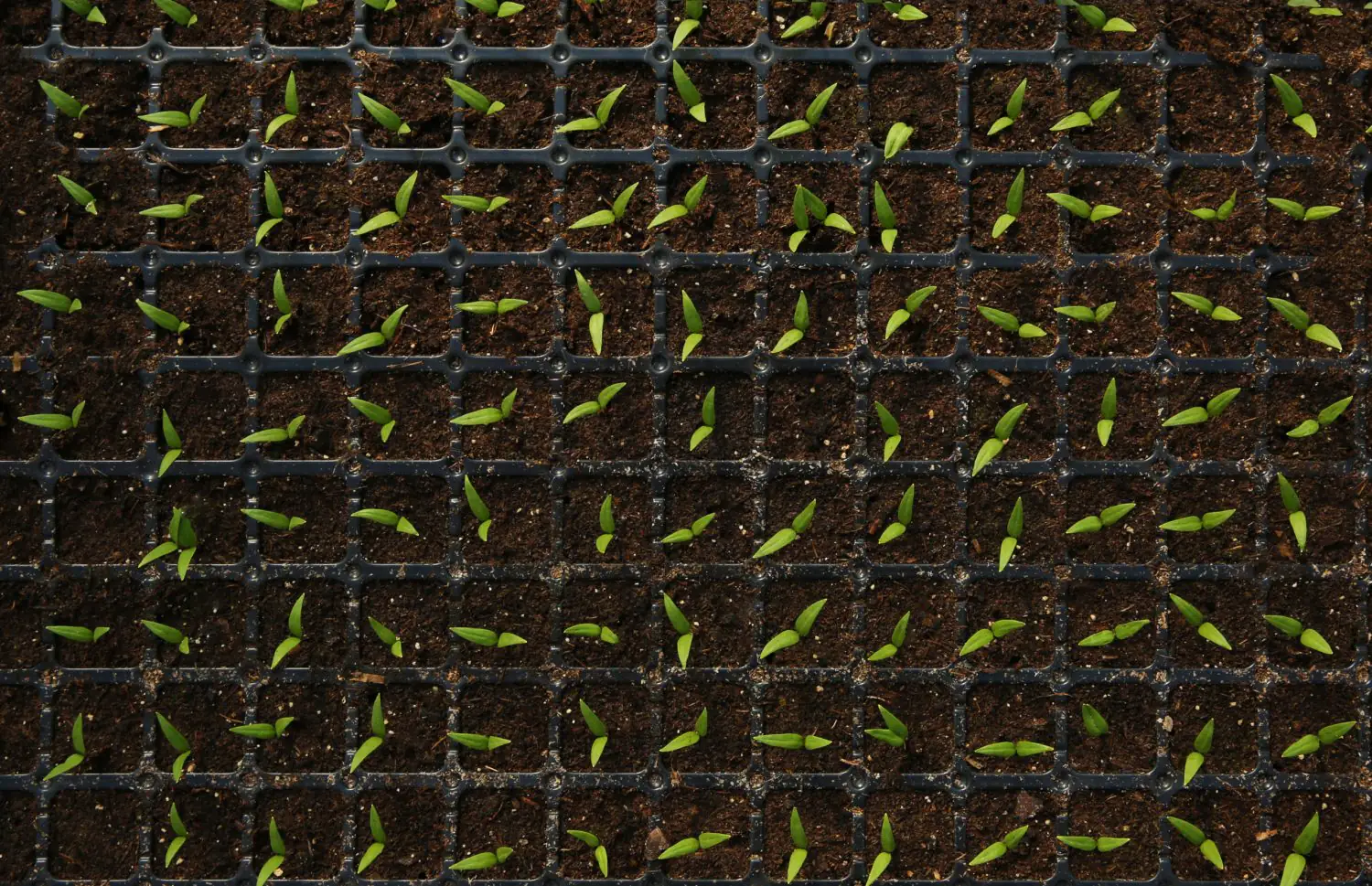
adobestock.com
Founded in 2018, the company specializes in revolutionizing food production and agricultural technology. Currently, Ecobloom is working with major food producers in Sweden, the country’s largest vertical farm, and the AF1 greenhouse project in Boden.
How it works
Ecobloom has developed a technology where maximum sustainability and yield is achieved through specialized software that aids in data collection and maximizes plant growth in the greenhouse. Each plant is monitored by an artificial intelligence that essentially acts as a “virtual gardener”.
Using a variety of sensors and high-tech cameras, the AI tracks a wide range of data that would be too labor-intensive to collect manually, analyzing every aspect of each plant’s life cycle and overall greenhouse conditions. This approach provides growers with information on air quality, photosynthesis, carbon dioxide levels, temperature, water quality and the growth of individual plants. Based on this data, it can also predict the optimal time to harvest and the most favorable growing conditions, as well as detect diseases and pests early before they spread to neighboring plants.
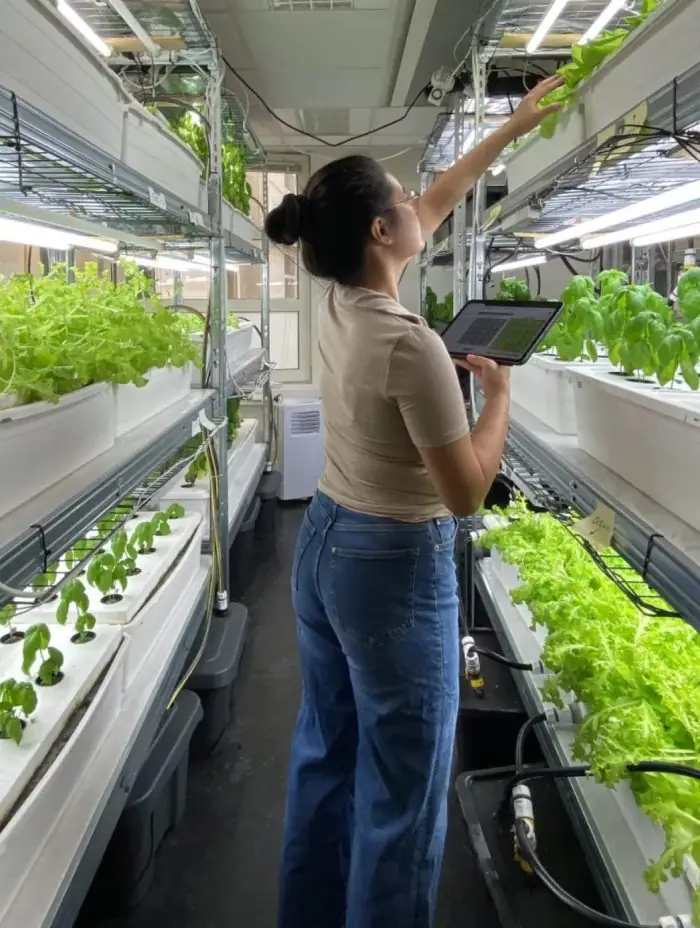
ecobloom.se
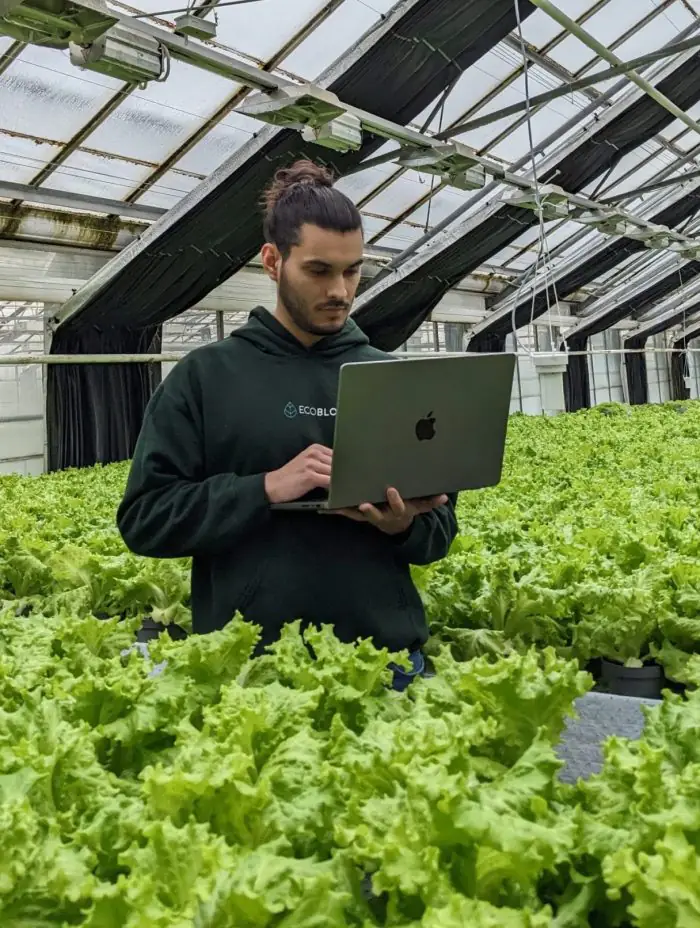
ecobloom.se

ecobloom.se
Result
Currently, the company collaborates with one of the largest producers of indoor plant cultivation products. This partnership makes the growing process not only more sustainable but also more profitable, as the system enables producers to save resources.
SmartGreen: LED-lamps and zeolite
LED lamps are used instead of conventional lighting sources in greenhouses to reduce CO2 emissions to zero; greenhouses also incorporate a special system for carbon capture.
Country: Norway
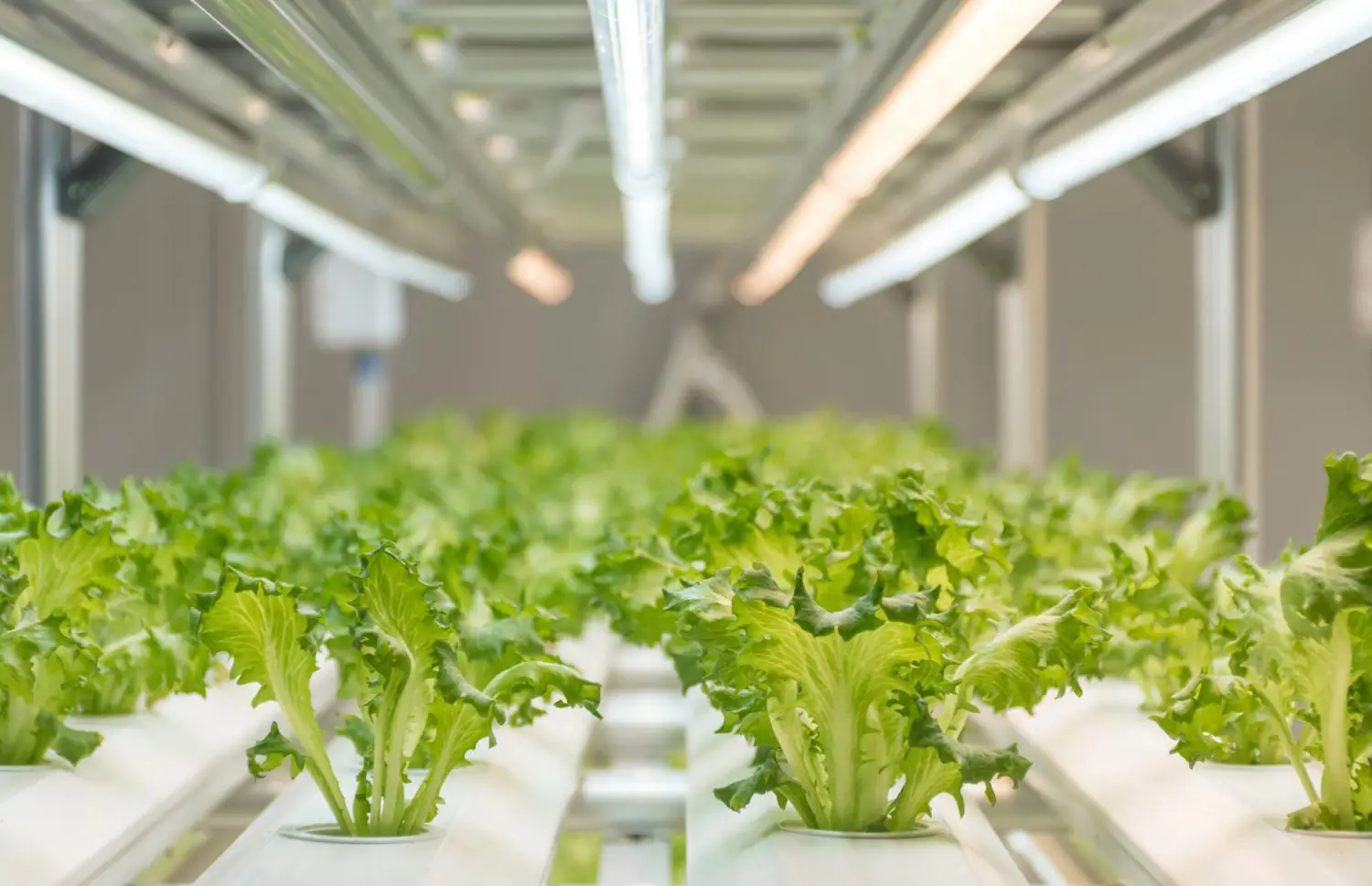
adobestock.com
The project was born in response to the energy crisis in Europe in 2022. The pilot version of SmartGreen was launched in the North Sea region under the European Interreg program. Michel Verhøl, a researcher at the Norwegian Institute of Bioeconomy Research (NIBIO), described the launch as “one of the highlights’ moments’ in his career. The first experimental greenhouse of this kind has already been built in the Norwegian province of Rogaland.
How it works
“Plants need heat, light, CO2, water, and nutrients,” explains Verhøl. However, in Norway, with its polar nights, it is difficult to achieve the necessary natural lighting without artificial sources. Traditionally, Norwegian greenhouse growers use sodium lighting. SmartGreen suggested using LED (Light Emitting Diode) lighting—cutting energy consumption by almost half.
Scientists also discovered that in traditional greenhouses, carbon dioxide escapes to the outside, which is detrimental to the atmosphere and has a negative effect on crop yields—carbon dioxide is essential for plant growth. So the researchers partnered with GreenCap, a company that has developed a CO2 capture system. Instead of using the dangerous chemicals typically used in such cases, they use the harmless mineral zeolite, whose unique natural properties trap carbon dioxide inside the greenhouse.
Moreover, the experimental greenhouse in Rogaland utilizes a forced ventilation system and buffer reservoirs to regulate temperature, along with a closed microclimate system. Thanks to these innovations, the greenhouses consume only 10% of the water typically needed for plant growth—essentially the water that directly contributes to the fruits and vegetables.
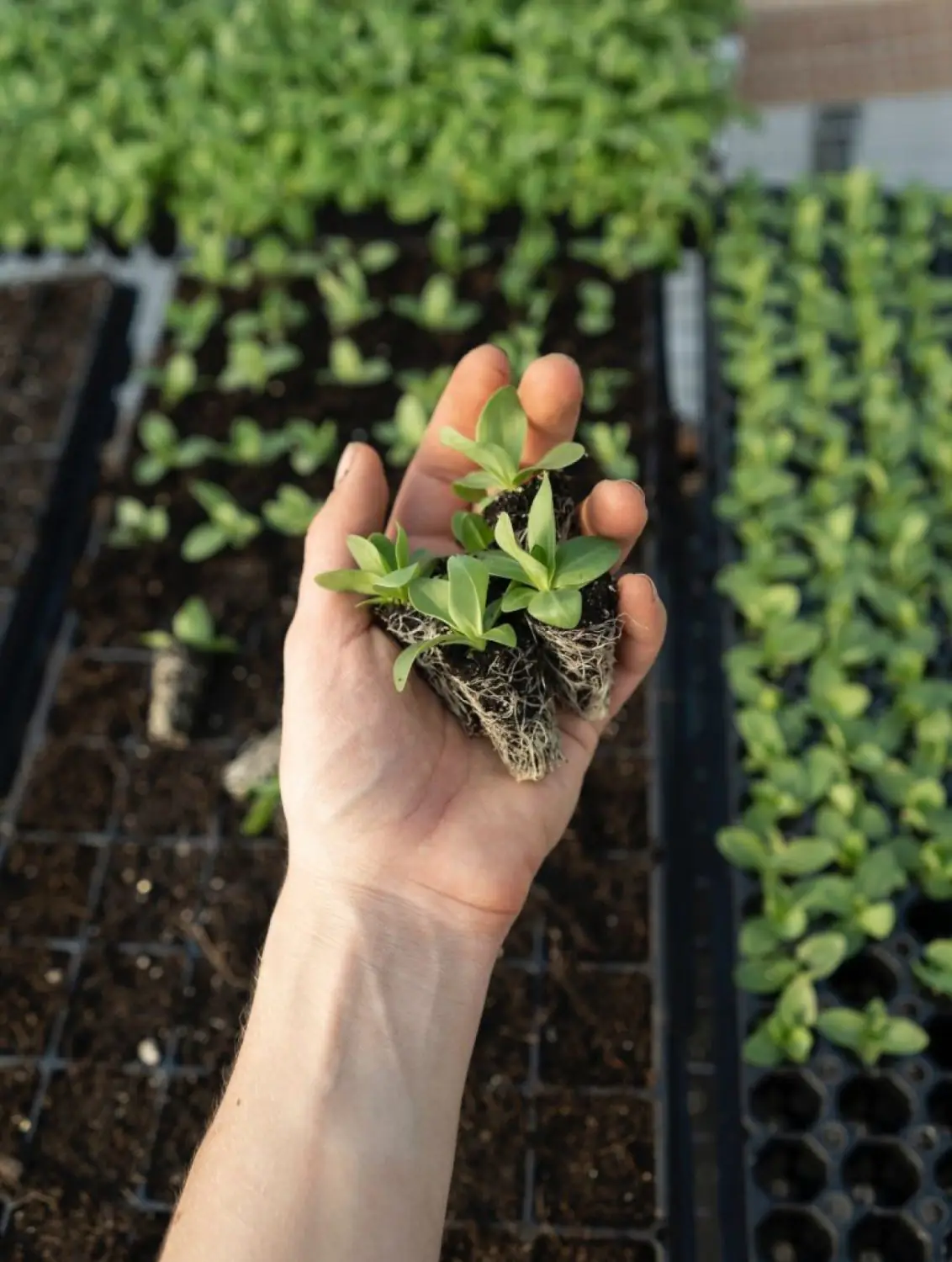
linkedin.com
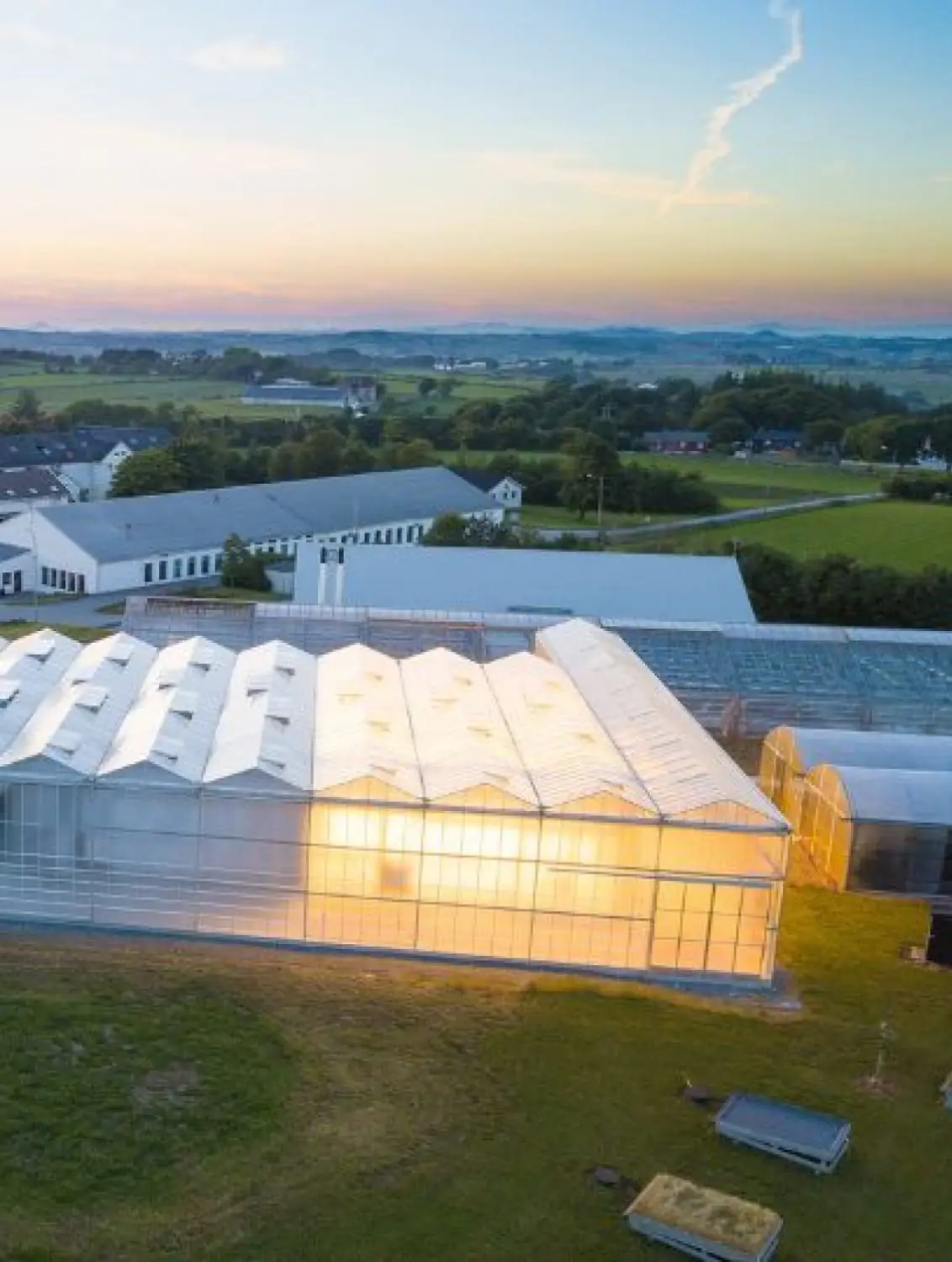
Photo: Erling Fløistad
interregnorthsea.eu
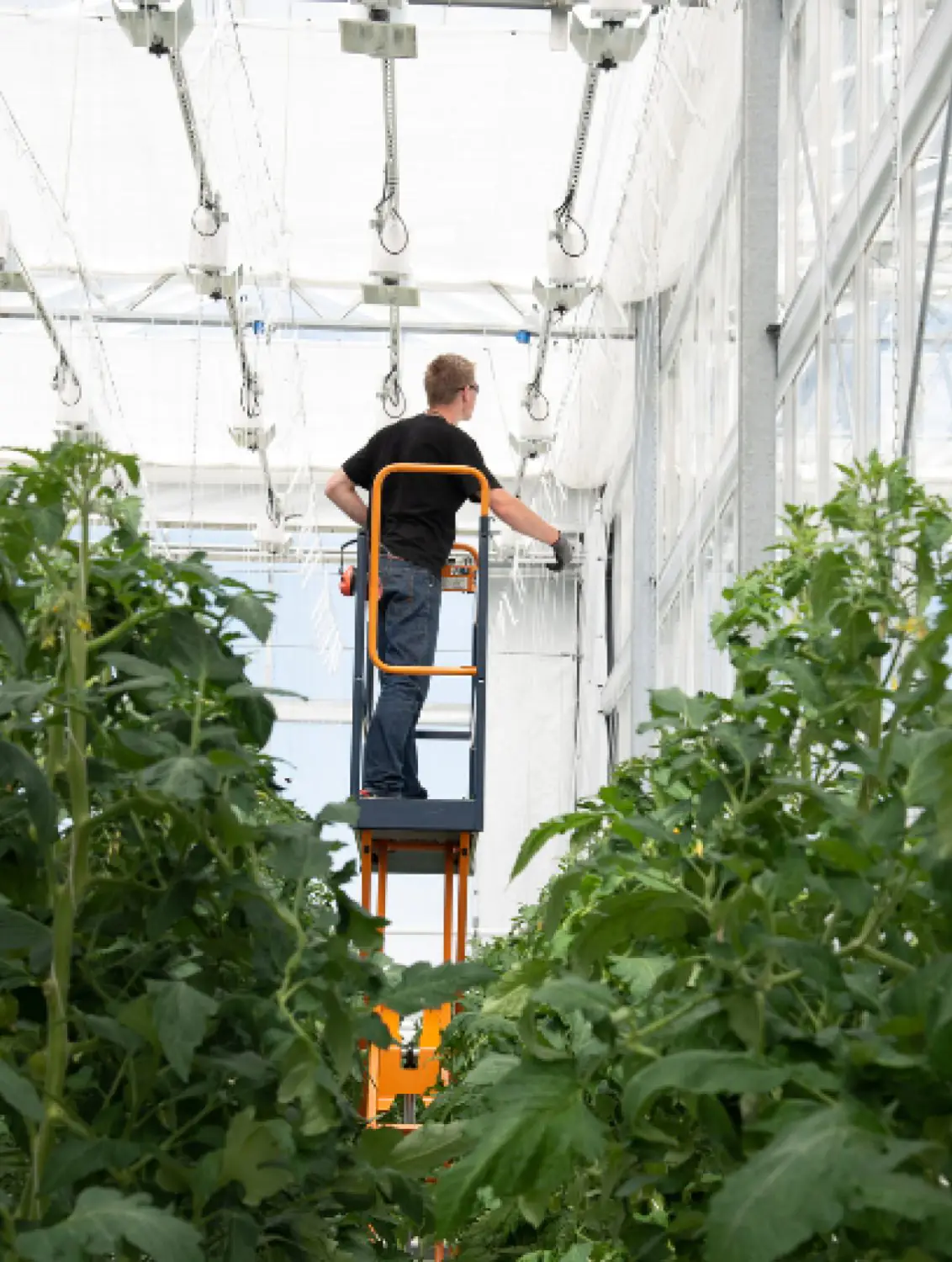
Photo: Erling Fløistad
interregnorthsea.eu
Result
Compared to conventional greenhouses, the SMARTGREEN greenhouse requires 50% less energy to heat and is economically viable with neutral CO2 emissions. In addition to the energy and water savings, the yield is 40% higher in the closed greenhouse system, which retains carbon dioxide. According to GreenCap Solutions, the system is expected to pay for itself within 3-4 years, after which it will become a profitable venture.
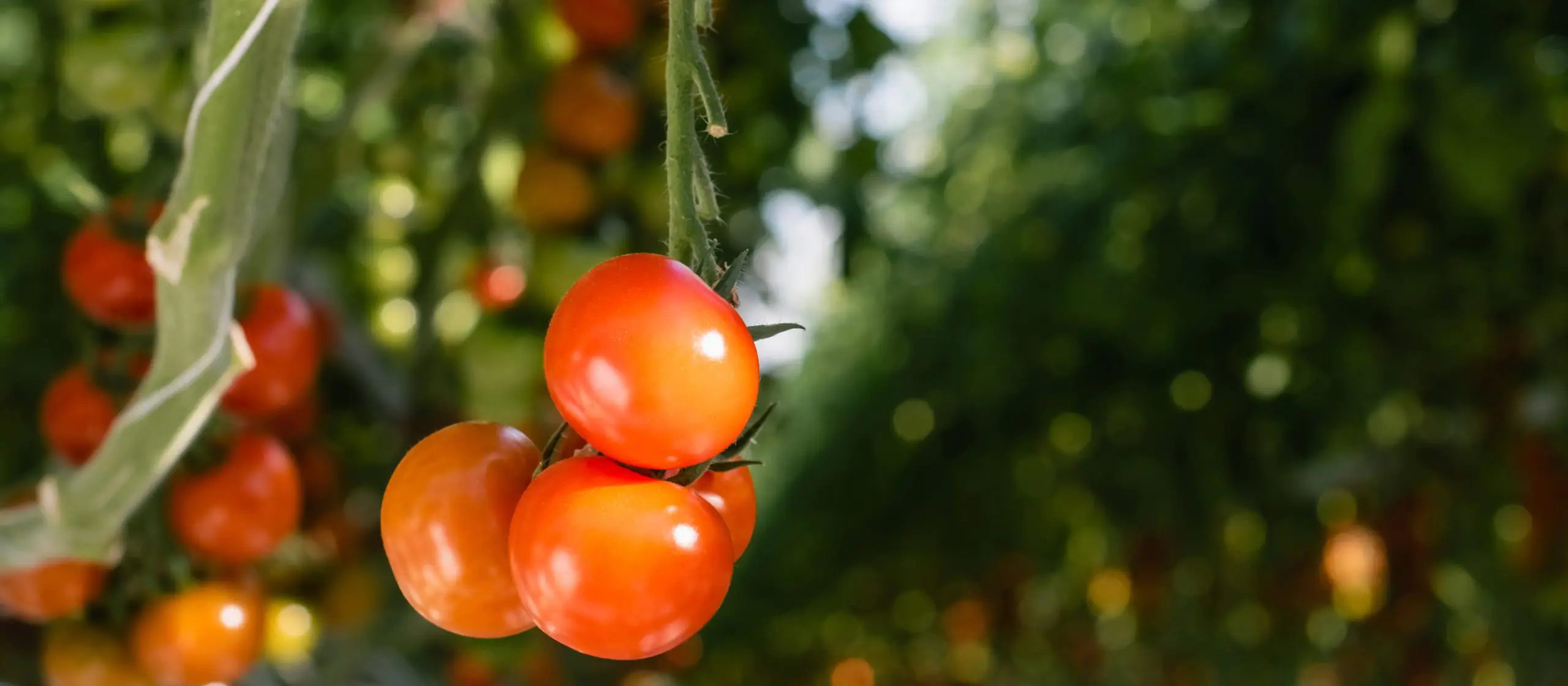
Conclusions
Each of the technologies discussed—Getlini, Ecobloom, and SMARTGREEN—offers unique approaches to creating sustainable agriculture. Getlini demonstrates how waste can be transformed into valuable resources that provide heat and electricity to greenhouses. Ecobloom shows the potential of artificial intelligence to manage plant growth processes, making them more efficient and profitable. SMARTGREEN offers innovative solutions to reduce energy consumption and increase yields through LED lighting and CO2 capture systems.
All three projects are examples of how modern technology can be used to promote sustainable and environmentally friendly agriculture. They depict that it is possible not only to effectively manage waste and increase business profitability, but also to improve living conditions and food production. This is an important step towards a sustainable future.

